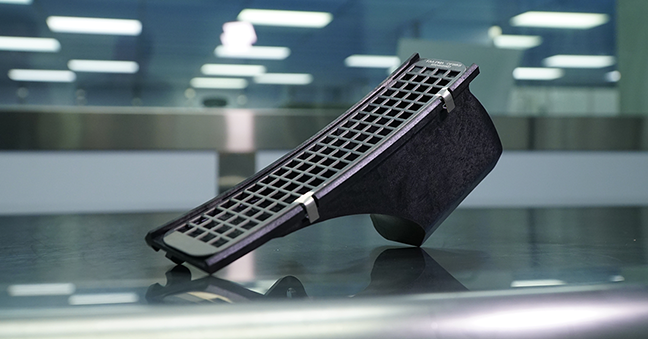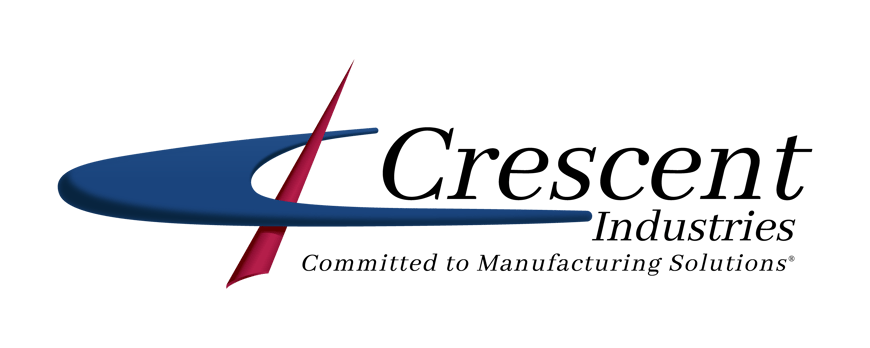
What is Low Volume Injection Molding?
Injection molding is among the most widespread manufacturing methods used today, with more than 30 percent of plastic parts produced using this technique. It is an exceptional method for producing plastic parts that are consistent and reliable for all production runs. Learn about low volume injection molding runs.
Introduction to Low Volume Injection Molding
While most injection molded parts are produced in mass volumes, low volume injection molding demonstrates its adaptability by catering to applications that require smaller production runs. To satisfy these demands, organizations can confidently contact injection molding partners offering lower volume production runs.
What Exactly Is and How Does Low Volume Injection Molding Work?
At its core, low volume injection molding is similar to traditional injection molding. It relies on the same basic principle of melting thermoplastic materials and injecting them into mold cavities under pressure. The plastic cools quickly, and molds can contain multiple cavities for multiple parts, which is why it's widely used in mass production. This precision and consistency are what make low volume injection molding a reliable choice for your manufacturing needs.
The primary consideration when dealing with plastic injection molding is the molds themselves, also known as 'tooling '. This is where the real work is done. Molds must be carefully designed, considering parameters such as how many cavities to include, geometry, injection speed, pressure, holding time, and more. The high upfront tooling cost is often prohibitive for low-volume runs, so this is not for when you only need a handful or 100 parts but more for reoccurring low volumes every year or maybe more than a couple of thousand.
However, depending on the specific application, this may not be an issue. High-quality parts that command higher prices can more than justify the increased cost of low-volume tooling. However, an experienced injection molding partner can optimize mold creation with simple geometry and rounded edges that minimize tooling requirements.
Advantages of Low Volume Injection Molding for Small-Batch Production
Why would a company need low volume injection molding services? There are a variety of reasons this may be required.
- Some products call for small to medium-sized batches but still deliver the quality, consistency, and speed for lower volume production runs.
- Low-volume injection molding makes product customization more attainable. While unsuitable for individual customization, this method opens the door to more product variations, seasonal variants, and other changes. This flexibility allows you to adapt your production to market demands, giving you more control over your business.
- Low volume production can help you avoid taking on more inventory than you’re comfortable with and potential losses if it doesn’t sell.
- Scale is still essential when dealing with low volume injection molding. In this context, 'low volume' typically refers to production runs of a few thousand units, making it an affordable option for small runs.
- Whether volume injection molding is cost-effective for a specific application depends on its particular details. Discussing these issues with an experienced plastic injection molding provider is the best way to find out for sure.
- The mold design stage is essential to low volume injection molding and relies heavily on product design. Product teams can ensure the best results by working closely with injection molding experts.
How Crescent Industries Can Help
Are you in need of a low volume injection molding for your product? Crescent Industries provides an edge by giving you access to years of experience and insight from our professional team starting with the mold design, building your injection mold, and running production. We’ll work with you to find the best solution for your needs. Contact us today to see how we can help you realize your project.
Topics:
Related Articles
-
Mar 19, 2025
Top 6 Advantages of Injection Molding for Your Project
Read MoreInjection molding — the process of injecting molten resin into a mold — is one of the most...
-
Feb 19, 2025
Injection Molding vs CNC Machining: Which Method to Choose?
Read MoreEvery year, humans produce and use countless plastic products in various shapes, sizes, and...
-
Oct 03, 2024
Injection Molding Uses: Exploring Applications Across Industries
Read MoreInjection molding is one of the most versatile manufacturing processes, with a wide range of...
